In 2021, Arris Composites conducted a study of bike-friendly cities in the US. Arris Composites is a bike-friendly company that manufactures lightweight materials used in building bikes.
This report showed that Texas is one of the least bike-friendly states in the country. The study rated Houston as the least bike-friendly city based on weather, bike accident statistics, and infrastructure. Fort Worth and San Antonio were also at the bottom of the bike-friendly cities list. But one Texas city, El Paso, made it into the top five most bike-friendly cities in the US.
Read on to learn about Texas’s most bike-friendly cities and how you can ride safely in the state.
Causes of Bike Accidents in Texas
The Texas Department of Transportation releases annual crash statistics, and the Crash Records Information System (CRIS) provides information collected from accident reports.
In 2021, Texas had 2,265 bicycle accidents, according to the annual crash statistics. These accidents caused 90 fatalities and 2014 injuries. Only 168 bicyclists escaped without injuries, meaning nearly 92% of Texas bicycle crashes killed or injured the bicyclist in 2021.
According to CRIS, some common causes of bicycle accidents include:
- Biking unsafely caused 22 bike accidents
- Failure to share the road caused 36 bike crashes
- Improper turns caused 54 bike crashes
- Unsafe lane changes and improper passing caused 91 bicycle accidents
- Speeding caused 140 bicycle crashes
- Running a red light or stop sign caused 253 bike accidents
- Driver inattention or distraction caused 469 bike crashes
By far, the most common cause of bike accidents in 2021 was failing to yield the right of way. This violation caused 652 bicycle accidents, according to CRIS.
Most Bike Friendly Cities in Texas
Experts have many ways to measure the bike-friendliness of a city. The Arris Composites study used air quality, weather conditions, number of bicycle commuters, and number of bike fatalities.
The League of American Bicyclists uses several factors to issue its awards to bicycle-friendly communities. These factors include:
- Bike education
- Traffic laws and enforcement
- Infrastructure for bicyclists
- Bike safety
- Community bike plan
- Local bike events
Based on these two studies, some bike-friendly cities in Texas include:
El Paso
El Paso made it onto the Arris Composites study as Texas’s most bike-friendly city. The city scored high for good weather and good air quality. It also has a very low bike fatality rate. El Paso scored low for the size of its bicycle commuting community.
The League of American Bicyclists gave El Paso its bronze award for bicycle-friendliness. El Paso earned a high rating for its bicycle infrastructure and an average score for its local bike events. The city scored low for traffic enforcement and bike education.
Austin
Austin fell exactly in the middle of the Arris Composites study. Austin was ranked 16th out of 30 cities. It earned high grades for its good weather and the number of bike commuters. The city had an average grade for air quality and poor grades for bike fatalities. Austin had a higher fatality rate than much larger and busier cities like Chicago, San Francisco, and Detroit.
The city of Austin also received a gold award from the League. It was the highest-rated Texas city in the League’s 2021 study. It was also the only Texas city to reach the League’s gold award standards.
Austin received above-average scores for infrastructure, bike education, safety, local events, and law enforcement. It received an average score for its bike plan. According to the League’s numbers, Austin needs to improve its bike accident and fatality numbers to reach the next award level. The city has over five times more bike accidents and fatalities than the average platinum award city.
Houston
Texas’s largest metro area received mixed ratings from the two studies. Houston was the lowest-rated city in the Arris Composites study, scoring ten out of 100. The city received average ratings for weather and air quality. But it was the second-most dangerous city in the study for bicycle fatalities, trailing only Tucson, AZ.
On the other hand, the League gave Houston a bronze rating for bike friendliness. The city has high scores for traffic enforcement. It scores low for bike safety, infrastructure, education, and its bike plan.
San Antonio
San Antonio was the highest-rated Texas city in the Arris Composites study after El Paso. But it still fell in the bottom half of the cities studied. San Antonio had the cleanest air of any Texas city in the study. But its bicycle fatality rate dragged down the city’s score.
San Antonio achieved bronze status from the League. The city rates highly for bike events. But it received poor ratings for its traffic enforcement and bike safety. According to the League, San Antonio had a higher crash rate than Houston.
College Station and Texas A&M University
College Station and Texas A&M receive good ratings from the League. The city received a bronze rating, and Texas’s largest university received a silver rating.
They receive high scores for bike safety and bike plans. College Station has already achieved the bike safety levels needed to reach the silver category. But the city needs to improve its traffic enforcement, bike events, and infrastructure.
Fort Worth
Fort Worth fell right below San Antonio in the Arris Composites study. It ranked highly for good weather. And the city had no bike fatalities during the study period. It ranked poorly for air quality.
Fort Worth also has a bronze rating from the League. The city has a solid bike plan and good local events. But it has very little bicycle infrastructure and a weak education program.
Riding Your Bike Safely in Texas
Bike accidents in Texas happen when drivers fail to spot bicycles or drive carelessly near them. Riding on multi-use trails away from traffic will help you reduce your chance of getting into a bike crash. If you need to use streets, try to choose streets with marked bike lanes. And always wear a helmet just in case of a crash.
For more information, see our benchmarking report and more information on past benchmarking reports.



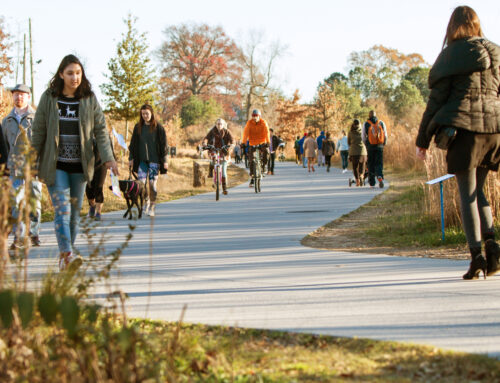


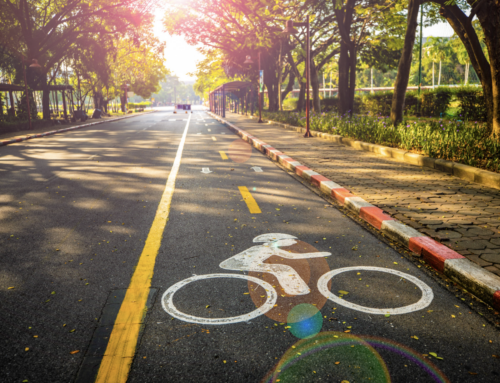

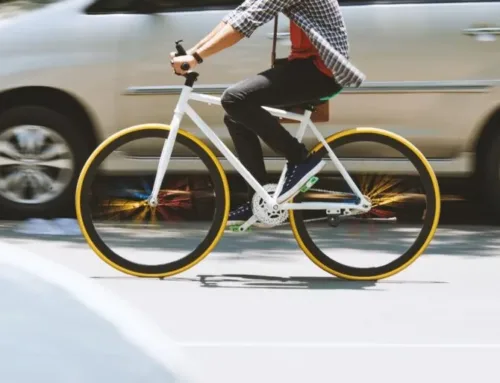
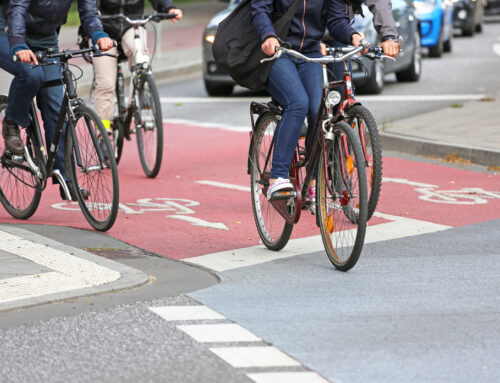



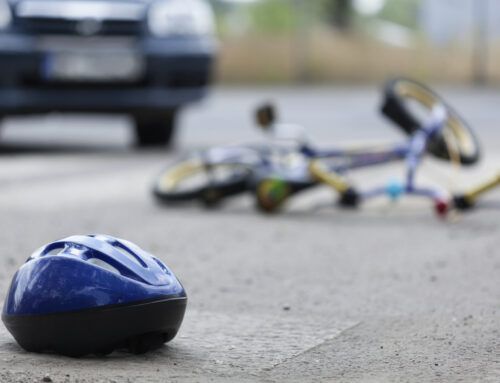
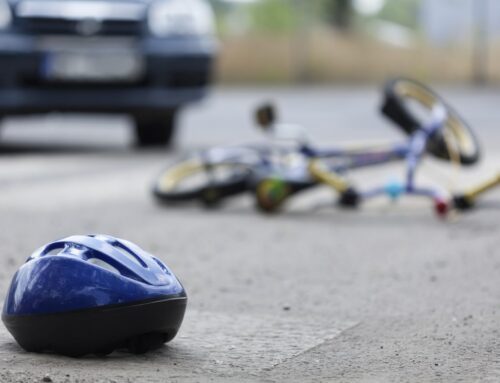





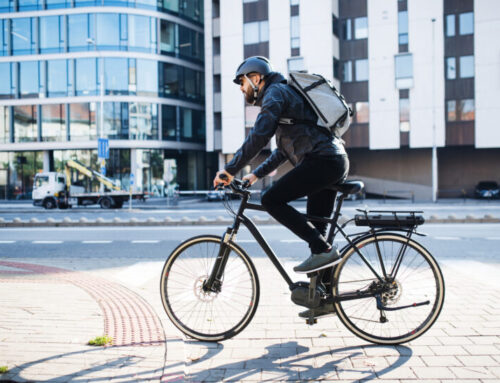
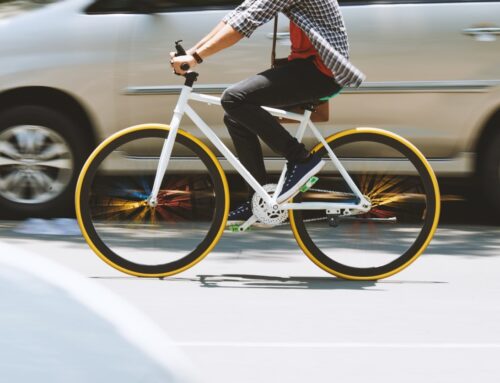

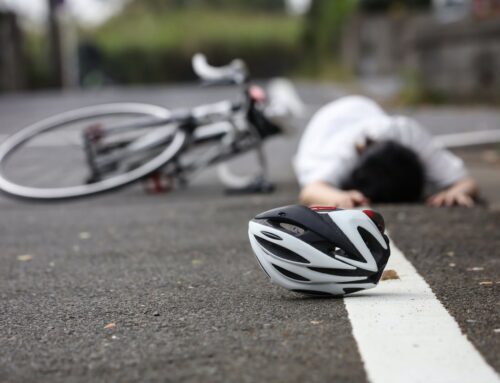

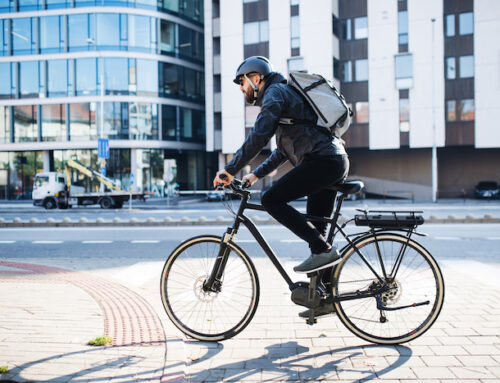
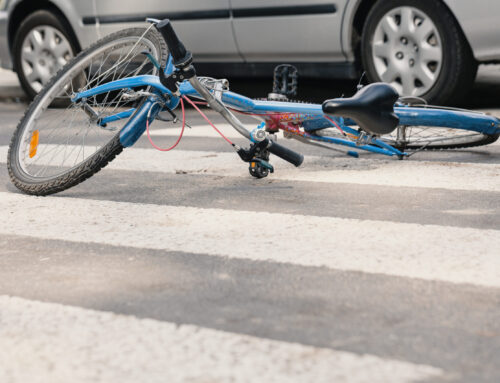
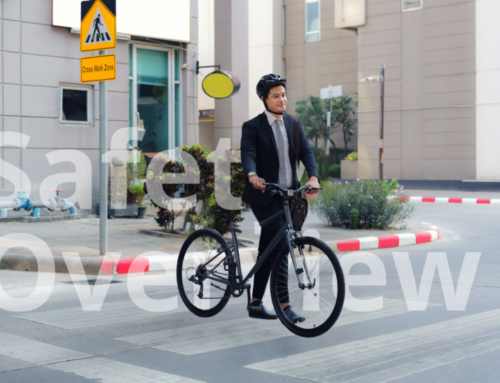



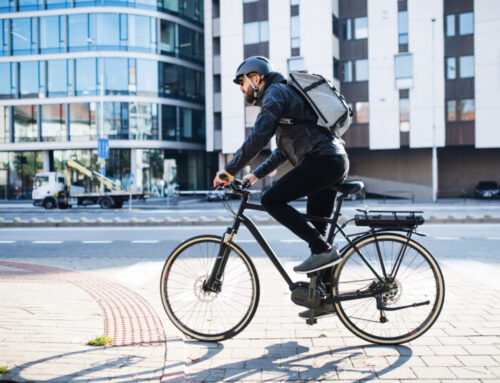

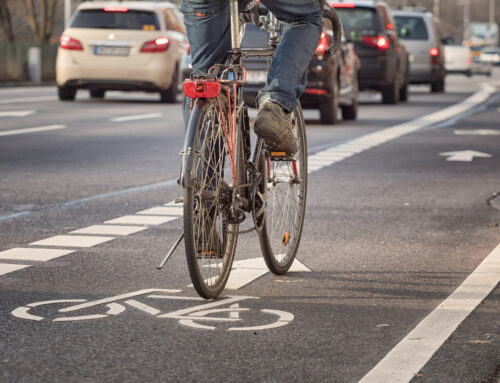


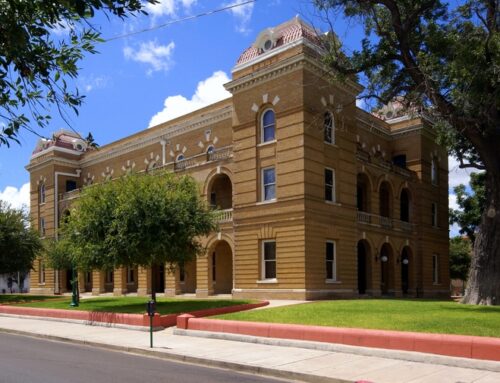

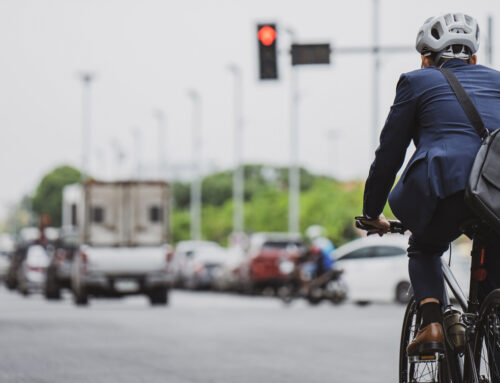
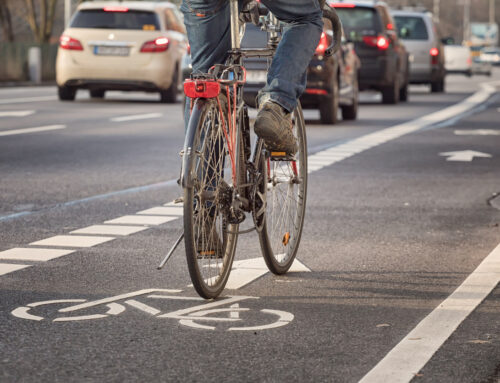







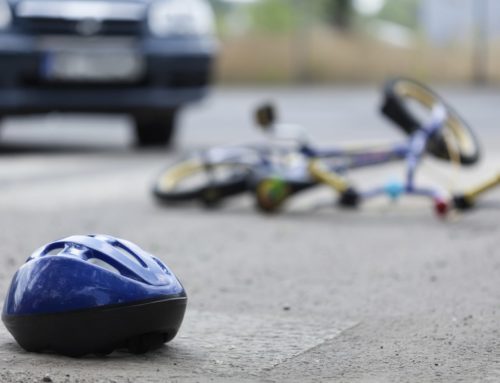
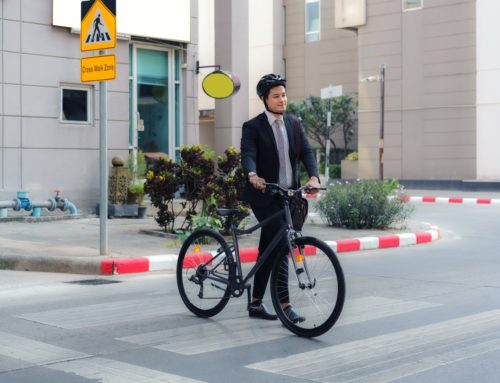





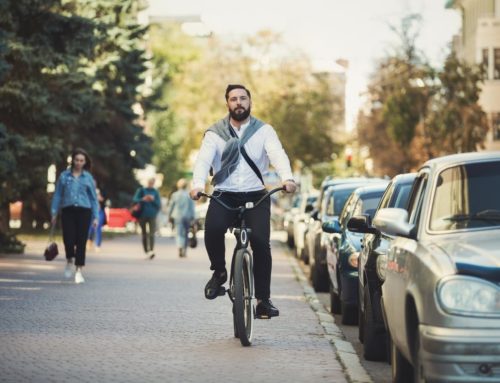



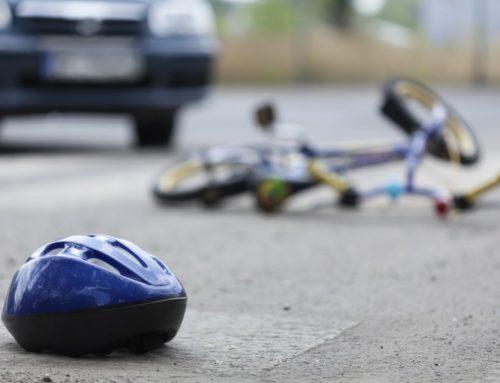

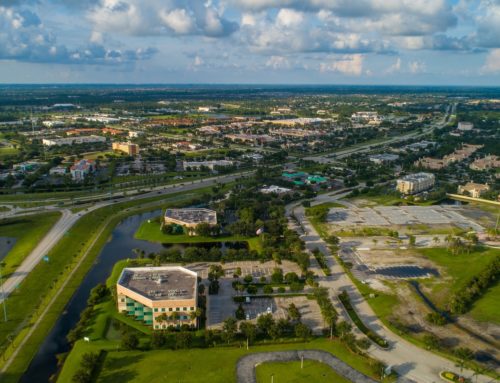
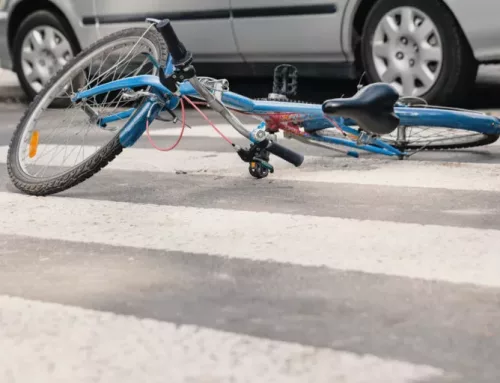
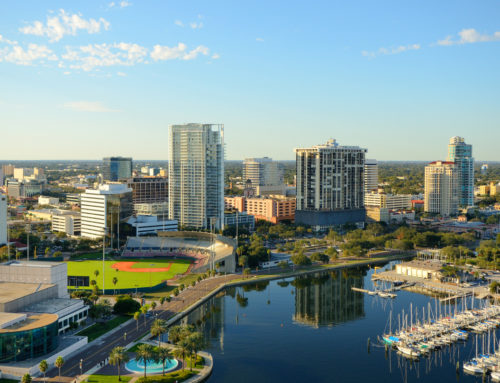


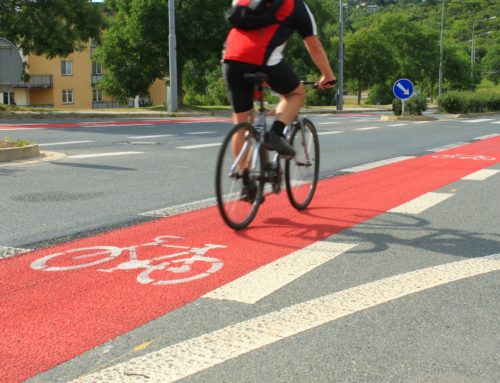
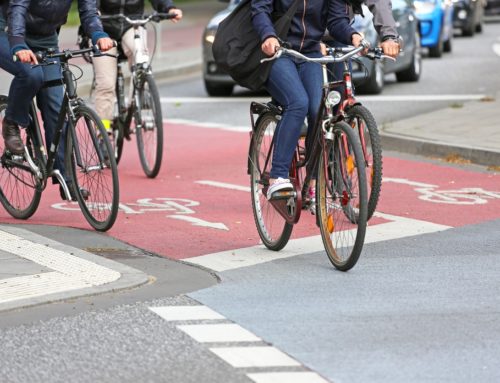
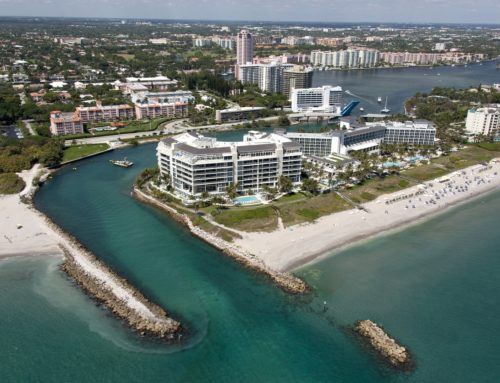



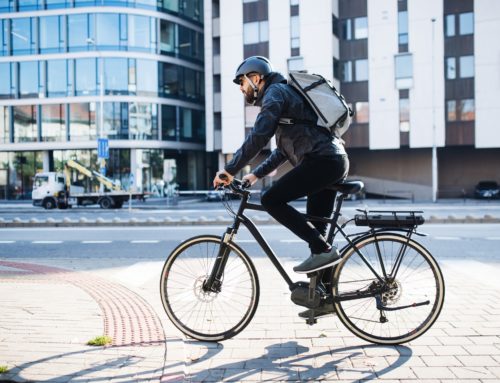
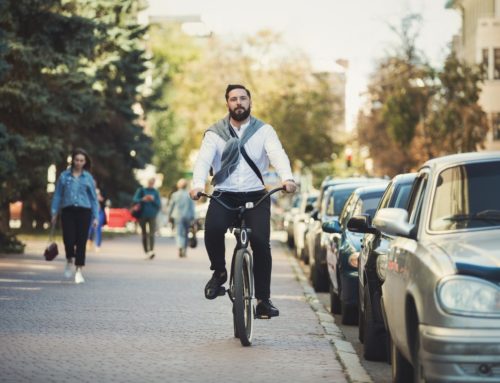

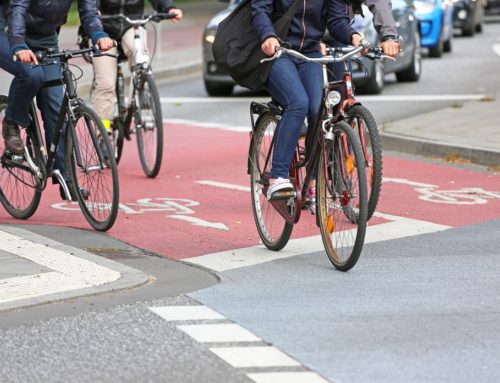
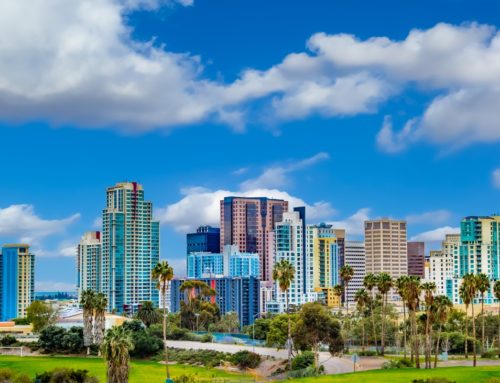
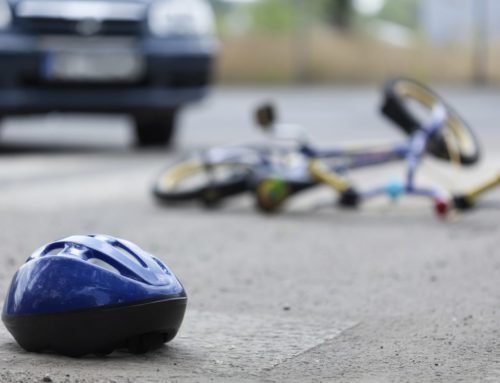

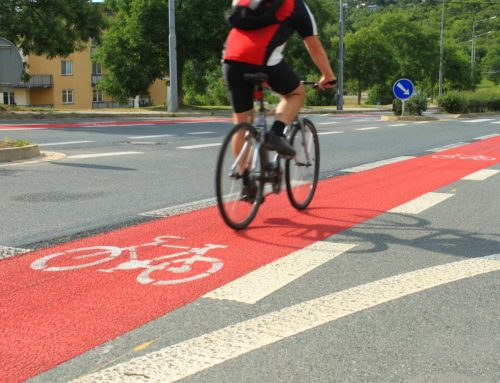









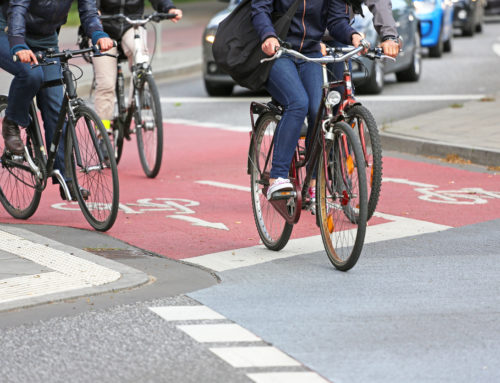



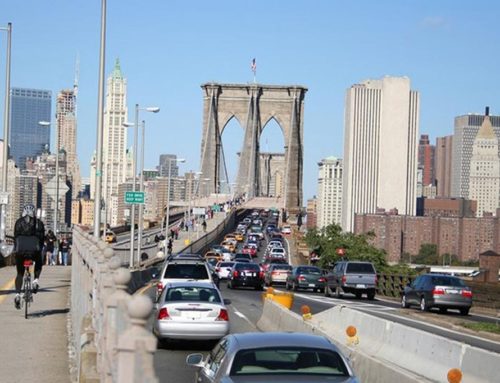
Leave A Comment